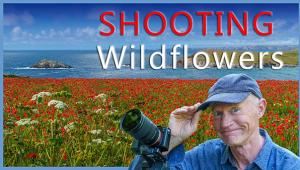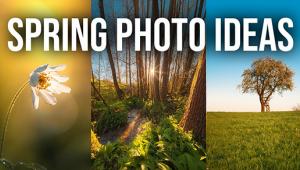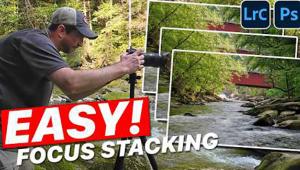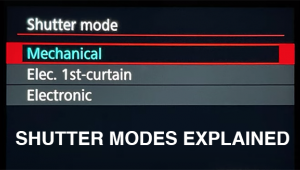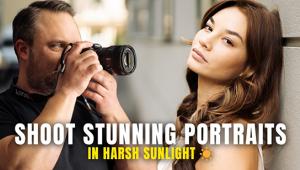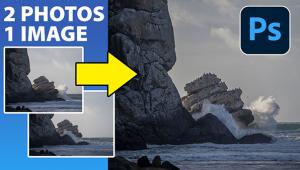Don't Let Bright Sunny Days RUIN Your Photos (VIDEO)
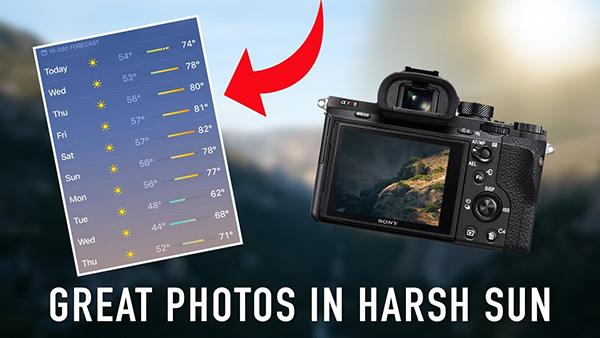
Bright sun-filled days are great for a trip to the beach but when it comes to outdoor photography, well, not so much. These high-contrast situations make it very difficult to capture impressive images, whether you're shooting nature scenes, landscapes, sports photos, or even environmental portraits without supplemental light.
Instructor Jalen Oban is a successful outdoor photographer and educator with the beautiful Pacific Northwest as his playground. The point of today's episode in this: "Shooting in harsh sunlight can be tricky, but it doesn't have to ruin your photos."
In barely five minutes Oban demonstrates his go-to techniques for capturing compelling photos when the sun is at its brightest. He quickly covers a wide-range topics, from managing shadows and highlights to retain detail, working with different camera angles, and using lens filters to make the most of these difficult lighting conditions.
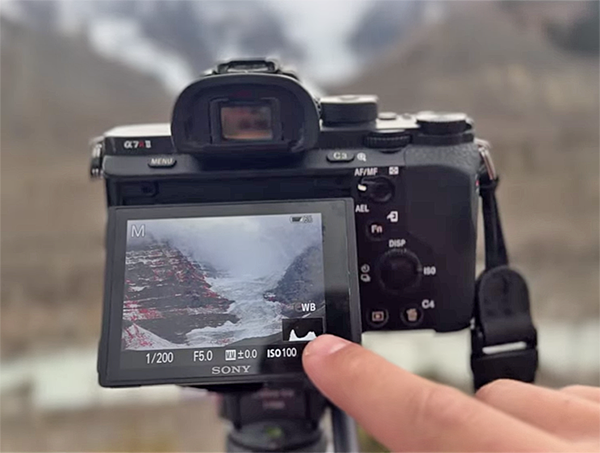
Oban explains the importance of paying close attention to the camera's histogram when shooting at midday, and how this graphic tool can help you nail the exposure. He says that "instead of exposing for your subject like in most scenarios, we want to expose for the highlights."
Doing this carefully enables you darken the scene without blowing out the sky or other bright portions of a shot. You can always open up shadows during post-processing, but it's impossible to recover details in highlights that are totally devoid of information. A good practice when editing such images is to increase the exposure and shadows while lowering the highlights.
One editing trick is using the Dehaze slider to counter atmospheric haze that often occurs in bright midday light. And you can apply Dehaze to the entire photo or take a more targeted, selective approach with simple masking.
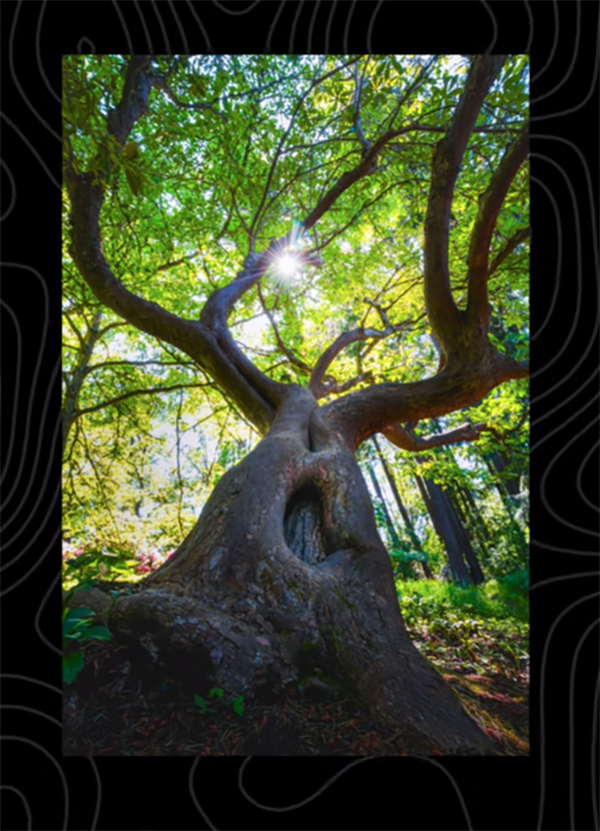
At this point the video is at it's midpoint are there are a number of other effective tips for managing harsh light—both on location in the camera and during the image-editing process. Another interesting suggestion is to shoot and process images in b&w for reasons that make a lot of sense.
Keeping the composition simple and avoiding unnecessary clutter is another way to make successful images under less-than-deal conditions, as is looking for abstract shots while concentrating on captivating small details instead of shooting expansive vistas. His other tricks are just as easy and effective to accomplish.
Oban's instructional YouTube channel is a great source of helpful videos, so be sure to pay a visit when you have time to explore.
And on a related topic, don't miss the earlier tutorial we featured in which another expert demonstrates how to rehabilitate dull and lifeless landscape photographs by using color Range Masks in Lightroom.








